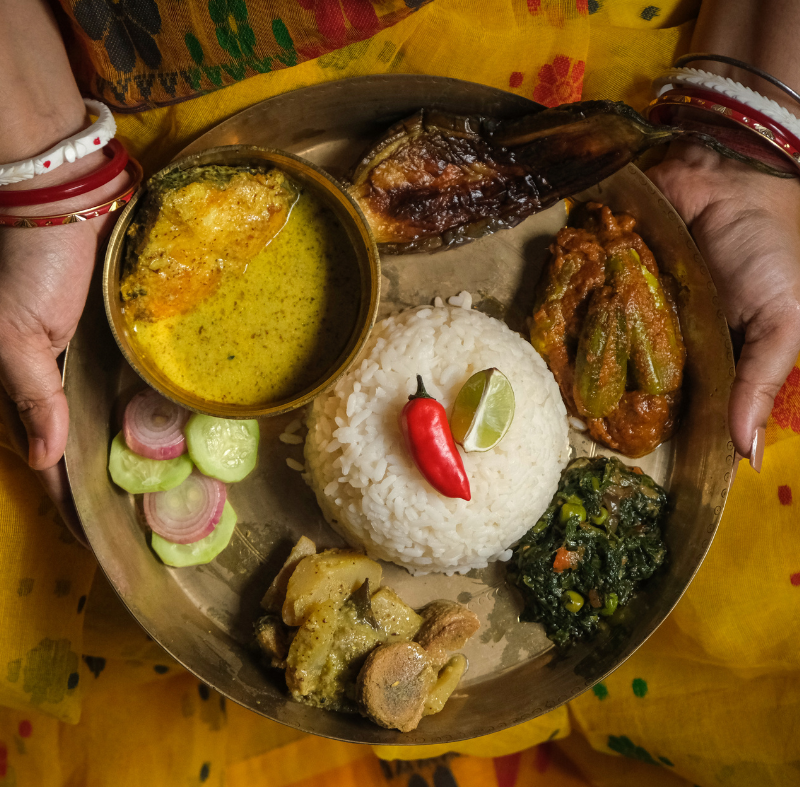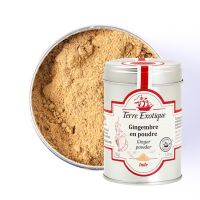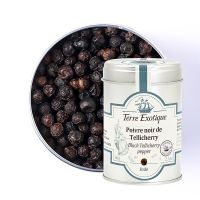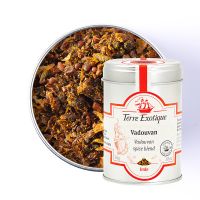BACK FROM INDIA
State of Kerala
Antoine, Buyer at Terre Exotique, tells us about his trip
January 2023
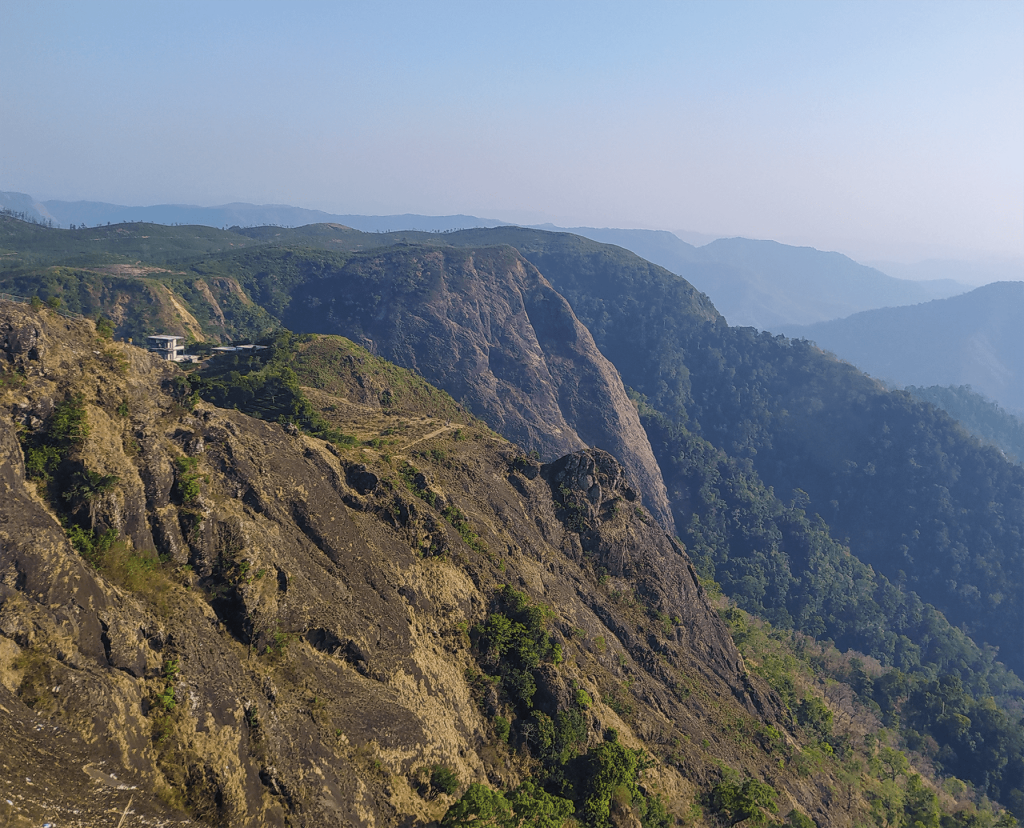

Welcome to the Kerala region

My trip to this remote mountainous region to meet our spice producers was a very exciting experience. Firstly, because I was able to meet up with our farmer friends in Kerala who since the beginning of the global Covid-19 pandemic have had virtually no foreign visitors. Secondly, because this is where the pepper story all started. Pepper, called “Pippali” in Malayalam, grows here, where high up, several hundred metres above sea level, the perfect environment for the botanical development of pepper come together. Pepper was probably first traded as far back as Ancient times, amongst the people of Mesopotamia. Thereafter pepper spread around the world and various varieties found similar environments in different countries in which they came to thrive. Today, Kerala is still host to a wide range of unique peppers and many varieties of pepper with very different aromatic notes still grow locally in people’s gardens.
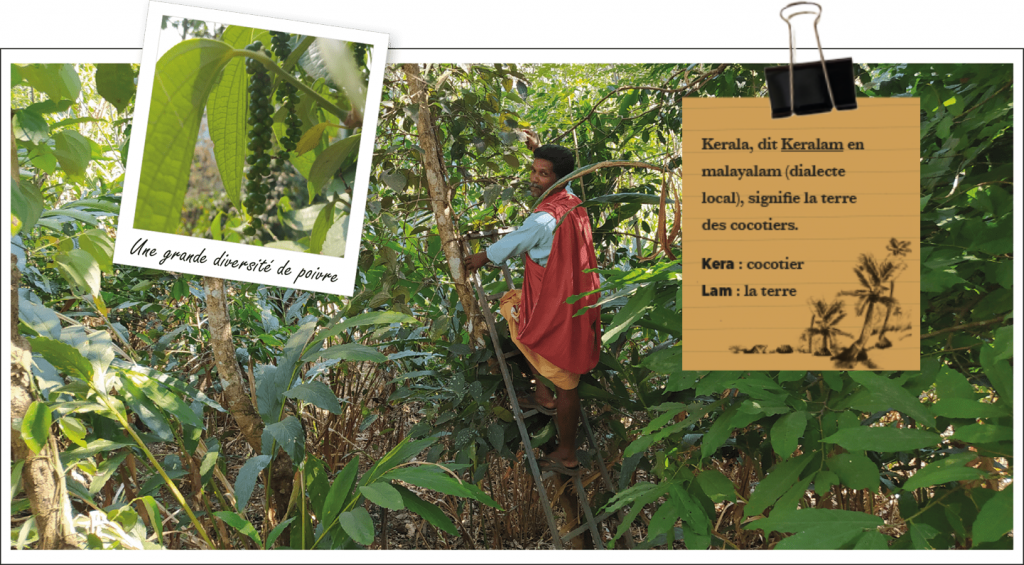
After a long trip, I arrived at long last at the port town of Kochi, on the South-Westerly coast of India. Then there was only a “short” 6 hour journey left to reach my destination at the heart of Kerala: the sacred hills of Sahyadrī. Under the shade of palm trees we slalom along the roads, weaving amongst trucks, motorbikes, humped cows and monkeys, taking in the lush setting as we travel.

At the heart of the Peermade hills
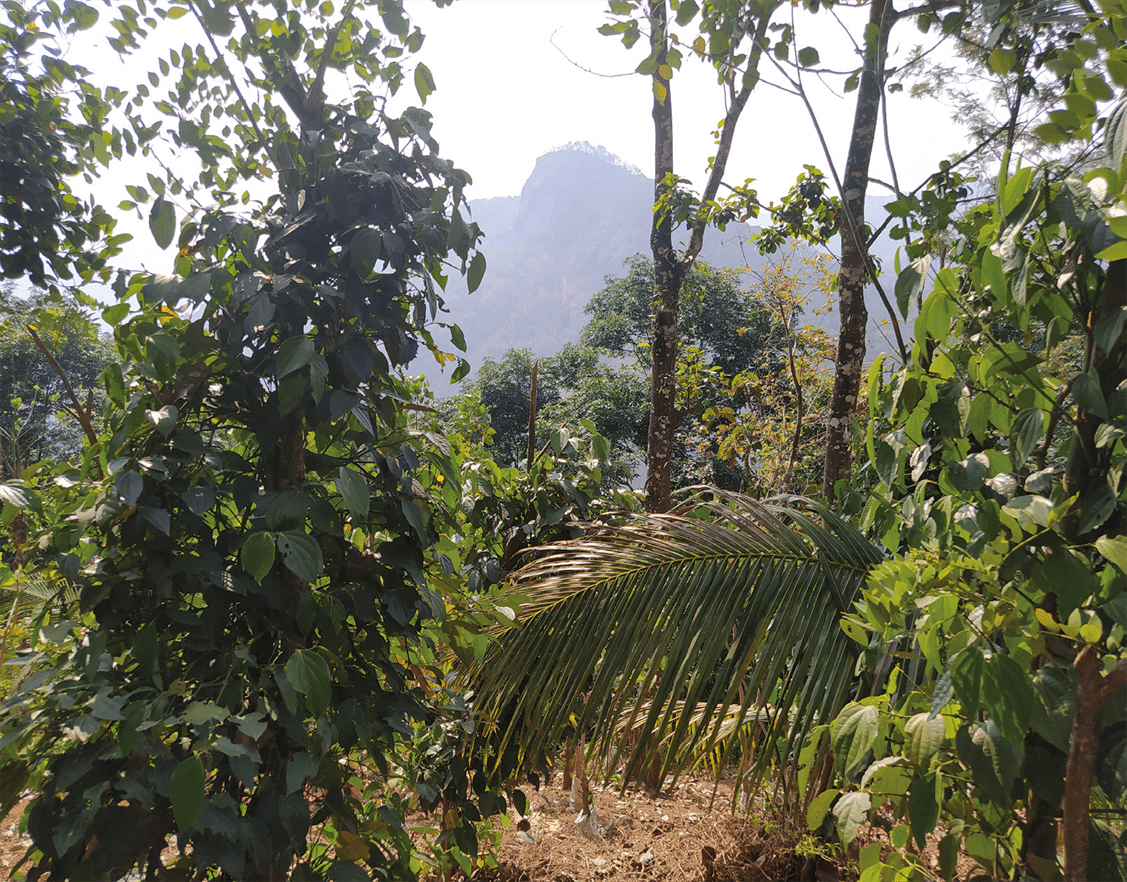
As legend has it the Peermade hills, located South-East of Kochi with altitudes of up to 900 metres high, were used by the Maharajas of the Kingdom of Travancore for spiritual retreats. They are named after the poet and Sufi, Peer Mohammad. Here, centuries ago, the indigenous Malla Indo-Aryan people were already very respectful of Mother Earth. The over exploitation of the forest’s natural resources was forbidden by their gods. This ecological conscience is still very present today and the area is classed as a natural reserve, protected by its inhabitants who continue to cultivate the land in harmony with nature. So it is here, amidst this lush vegetation and spectacular waterfalls, that it all started. Kerala is so enchanting, full of the cheery smiles of the local men and women whilst its valleys, hills, rivers and waterfalls are all signs of the abundant nature … There is a sweet scent of peace and tranquility in the air, far from the pollution of the busy cities.

The forest of Kannampady, a real garden of Eden
The following day, we set off to meet the pepper pickers in the forest of Kannampady in hope of discovering all the different types of pepper. It took several hours to reach our destination where the very first pepper vines took root without human intervention. This amazing feat of nature which all started thousands of years ago. It’s so incredible! I am standing at the heart of an extraordinary ecosystem where each element has its very own important part to play. Pepper is not the only plant to thrive here, along with coffee plants and banana trees, they all grow together in wondrous harmony. The pepper creepers wind up erythrina trees using them as stakes, which provide strong support, whilst their thorns protect them from predators. Erythrina also shades the pepper vines from the sun’s heat. The biodiversity at these pepper plantations is simply astounding. Coffee, vanilla, coconut, cocoa, banana, jackfruit, pineapple, nutmeg, ginger, galangal, turmeric, cassava… You could almost be forgiven for thinking you were in the garden of Eden
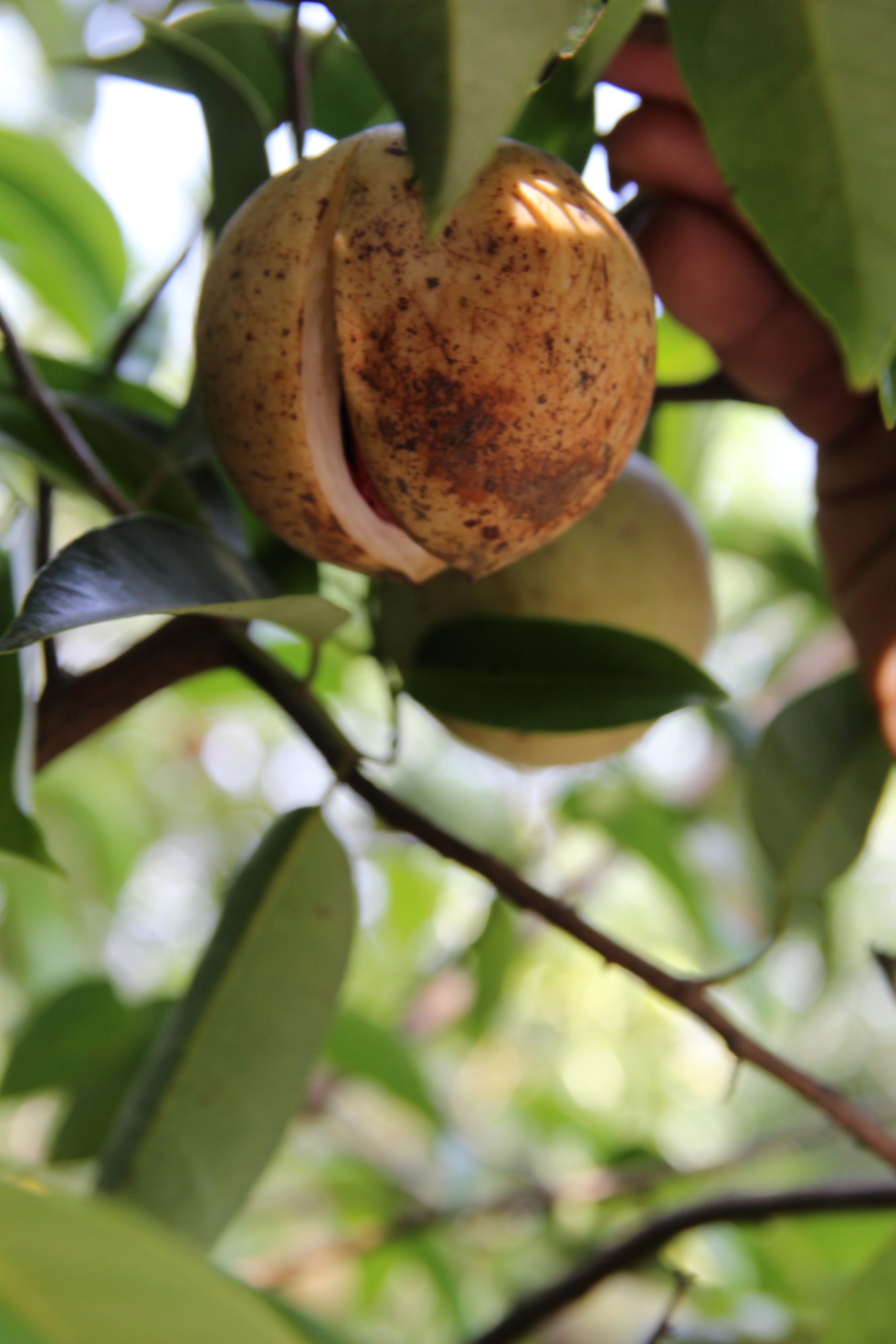

But this ecosystem is sadly in danger
But sadly this paradise is all too fragile. The producers explain the increasing difficulties they face caused by climate change. Rain is less and less frequent but when it finally comes, it is so violent that it destroys the harvests, causes landslides and floods villages. Their situation is very precarious and I can truly get a feel for the challenges these families of farmers face and the need for them to diversify their crops to ensure they have alternative sources of revenue when harsh weather hits. More and more farmers are investing in the production of ginger, turmeric and galangal which are seen as a form of insurance against climate risks and predators. Elephants, buffalos or even wild boars are not a rare sight here and can damage the crops.
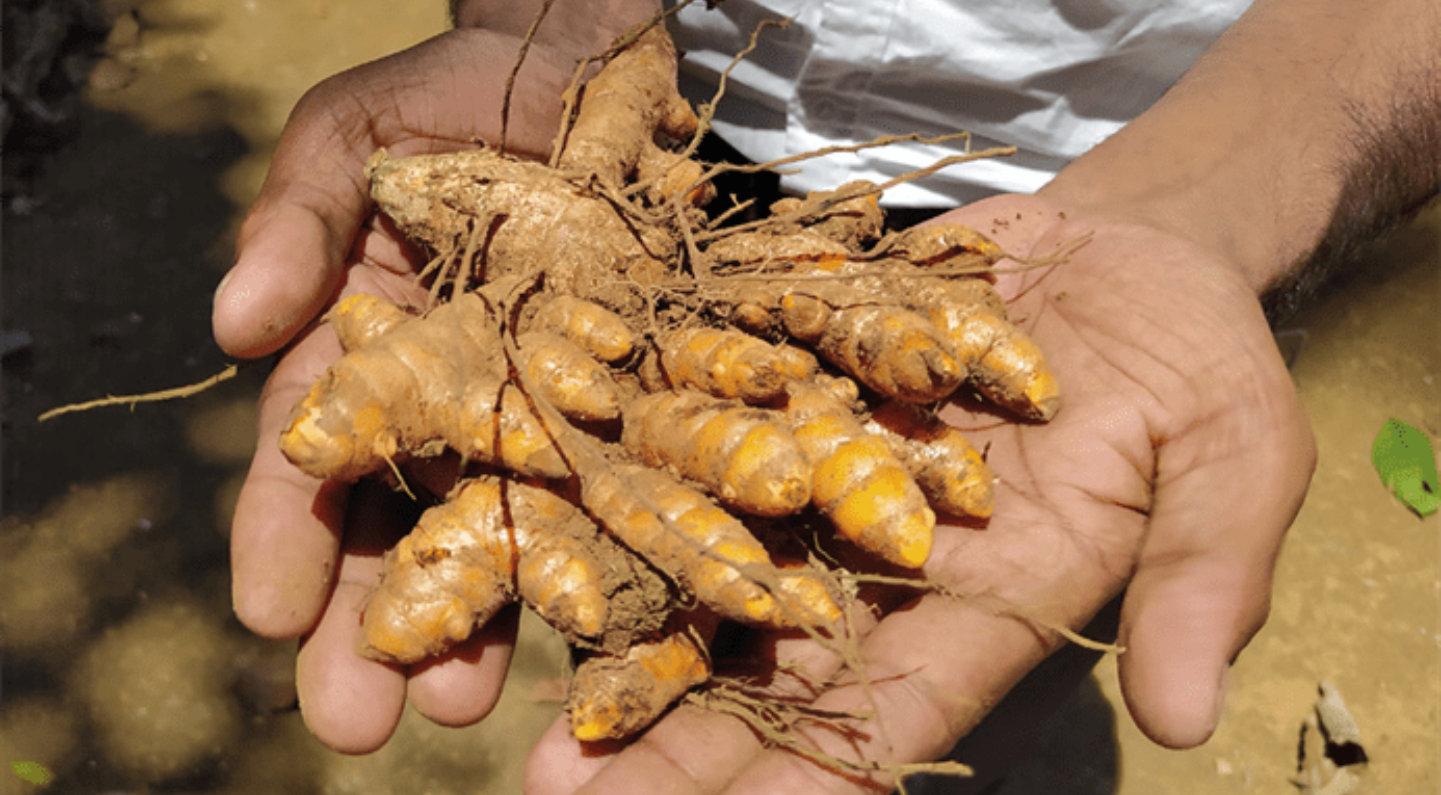
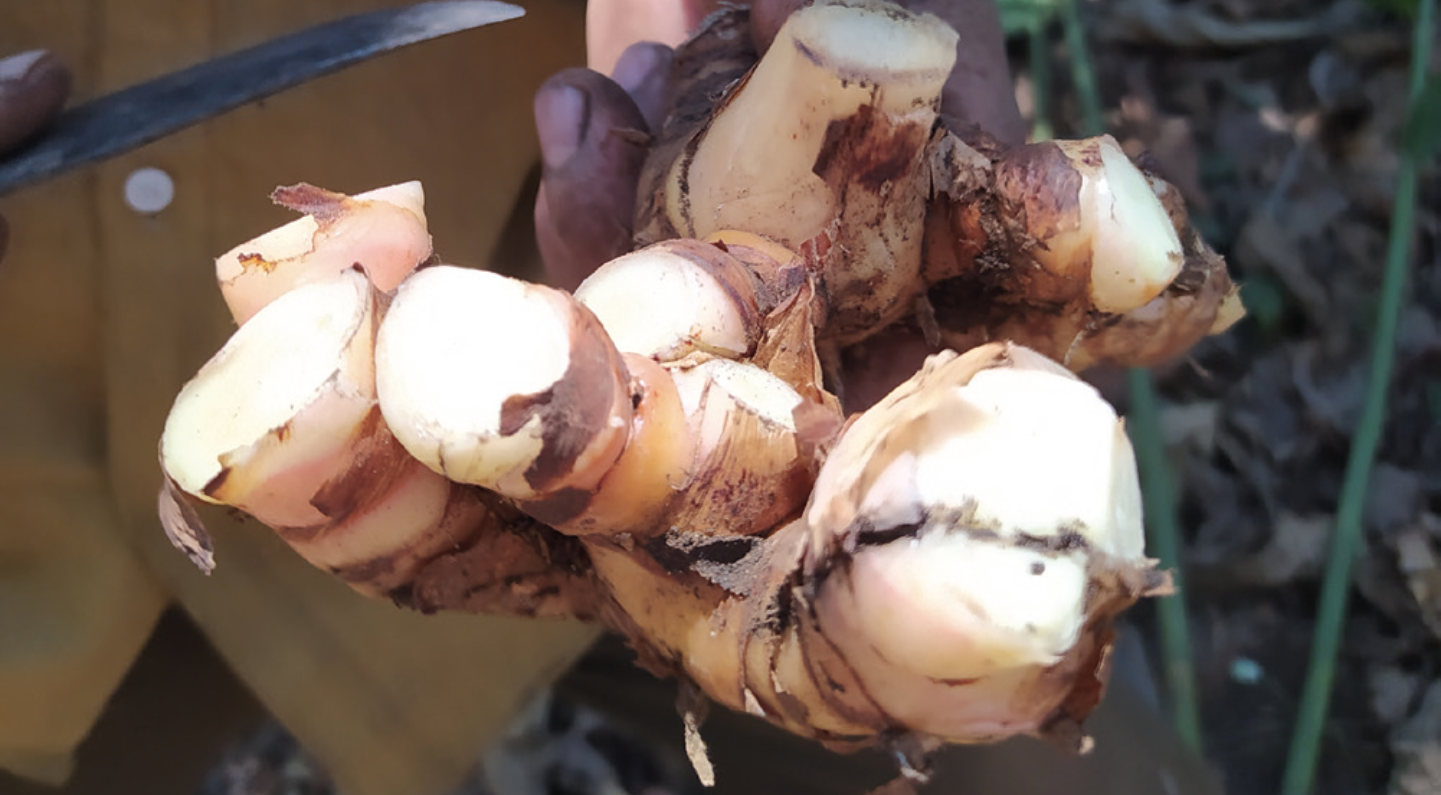
A 68 year old local farmer tells me that he doesn’t want his children to take over the family farm. Not long ago, their farm was devastated by a landslide, and they lost their entire harvest. Farming has become too difficult. There are no guarantees, no security, and the families live in constant uncertainty. He would rather his children leave for the cities where they might end up with menial jobs but at least they will get paid at the end of the day. I am now even more convinced of how important it is to build and foster lasting partnerships to support this region’s farmers.
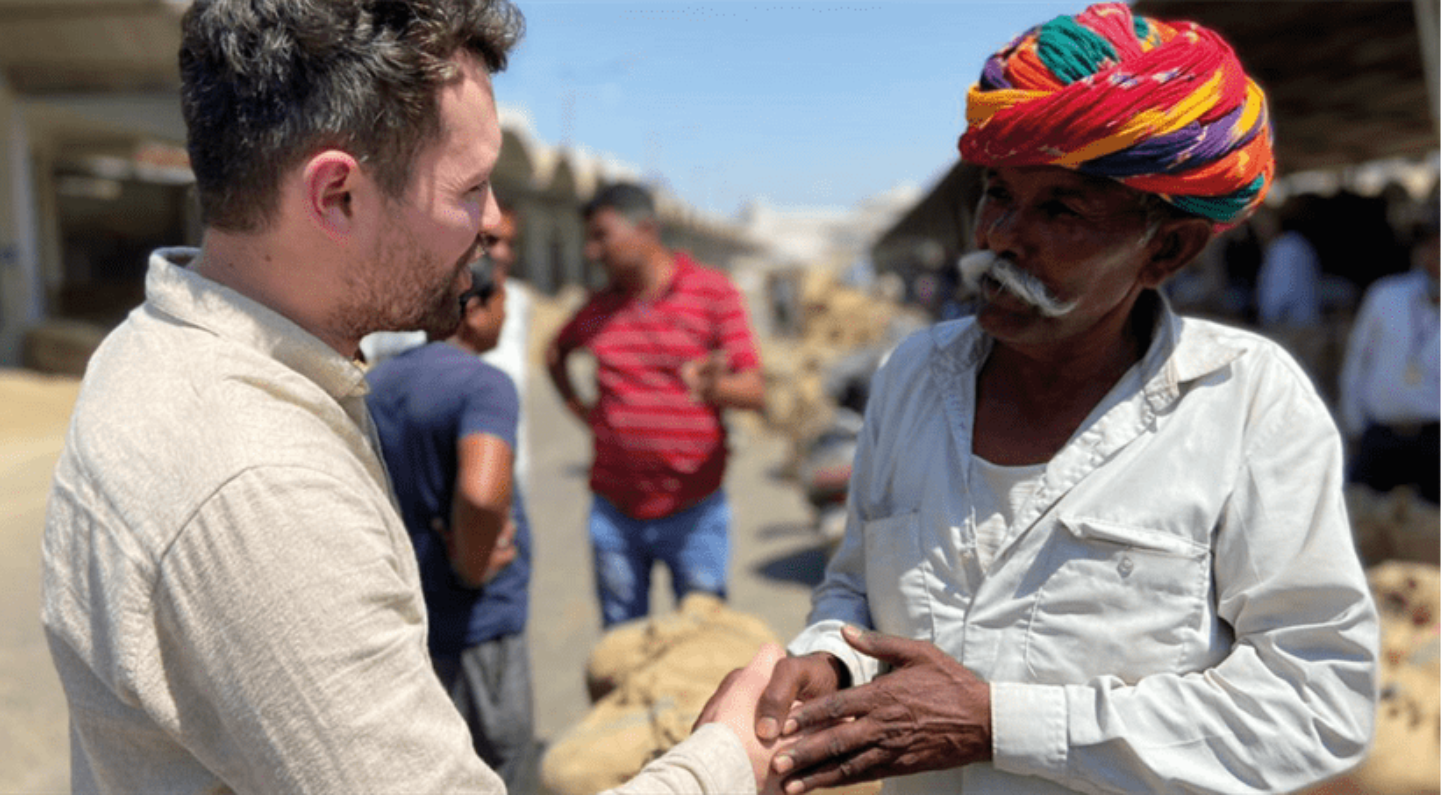

Mutual help and hope
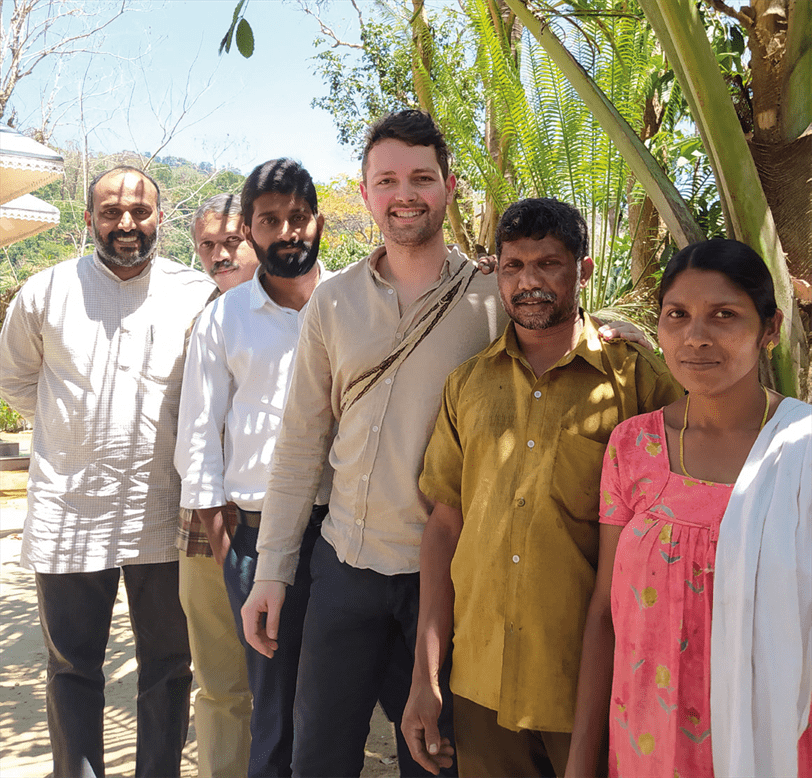
Here the pepper pickers speak Malayalam, a language which evolved from Sanskrit and thankfully an interpreter is with me to help me communicate with the locals. The galangal harvest is in full swing. Family, friends and neighbours are all ready to help. And I reap the happy smiles of the many pickers…what a harvest! There are so many types of peppers here (nili mundi, panyoor, vela mundi, erumani,…) but the pepper pickers harvest them all regardless, creating a delightful mosaic of peppercorns and assorted aromas. Indian agronomists and botanists who work for a local NGO work together with local farmers providing their support and knowledge to promote the botanical specificities of each pepper. We are so inspired and enthused by this project which has such social and agronomic impact that we decided to support it. So these endemic varieties are now sure to be promoted and sustained.

The secret of Vadouvan
I then set off to North Kerala, to the border with the neighbouring state of Tamil Nadu. The majestic Samanea saman rain trees along the way shade the people strolling along from the sun. As we travel we pass magnificent palaces and temples all along our journey. At last I find a family who are experts in vadouvan. It takes 7 days to make this famous fermented spice blend which comes from Southern India. Every day a new ingredient is added in a very specific order, and then the mix is left out in the sun which starts the fermentation process. Then it’s ready to eat and is used to season and enhance currys.

Kerala fish curry recipe:
On my trip to the Peermade hills, my friend and partner, Jomon, introduced me to a strange new plant called garcinia or brindle berry. It’s a dried fruit which is then smoked. It is both acidic and sweet and is used traditionally in fish currys giving them a delicious smoked aroma. My luck is in as Jomon suggests we cook this recipe together so that I can discover the region’s emblematic recipe which has been handed down from generation to generation and share it with you!

 Français
Français 
